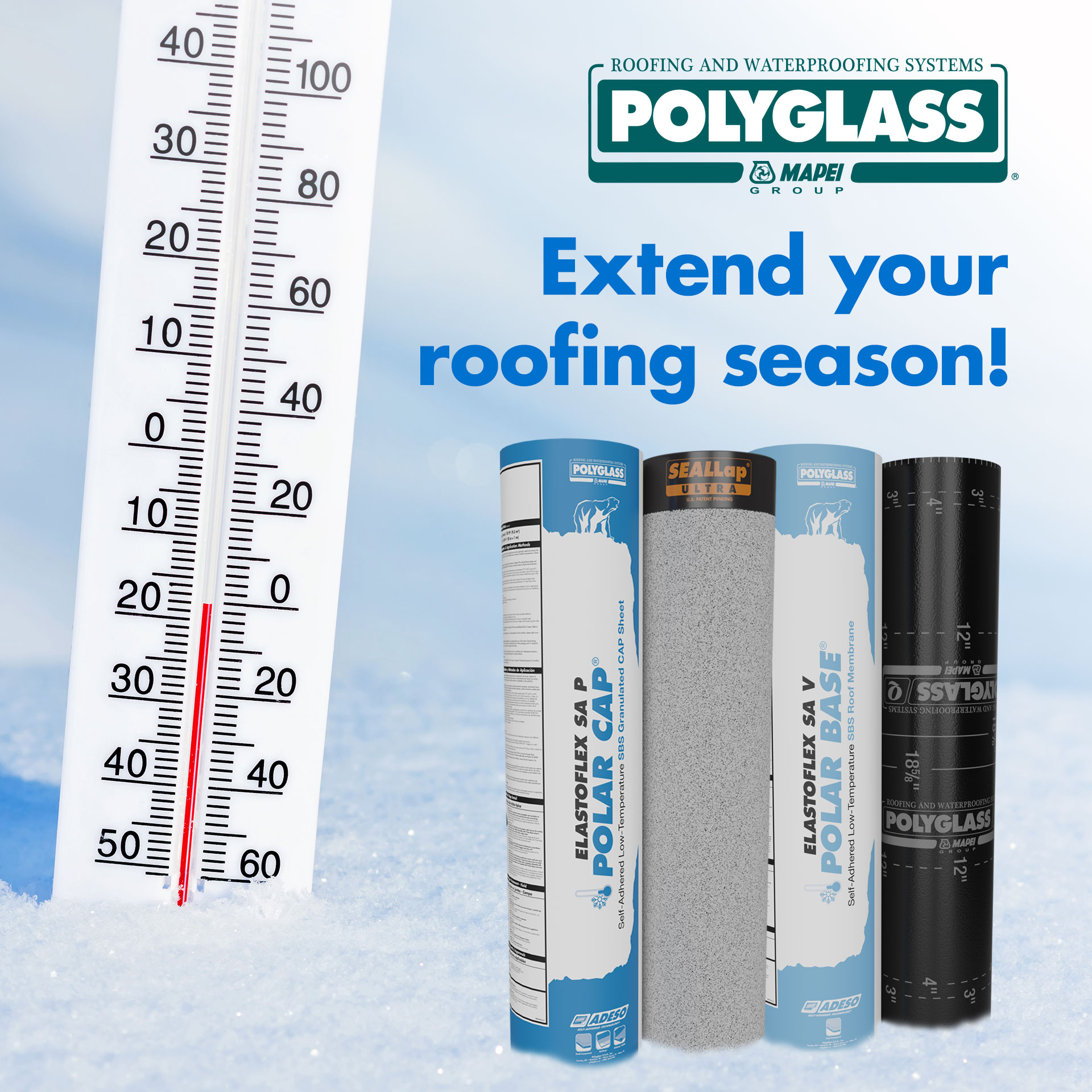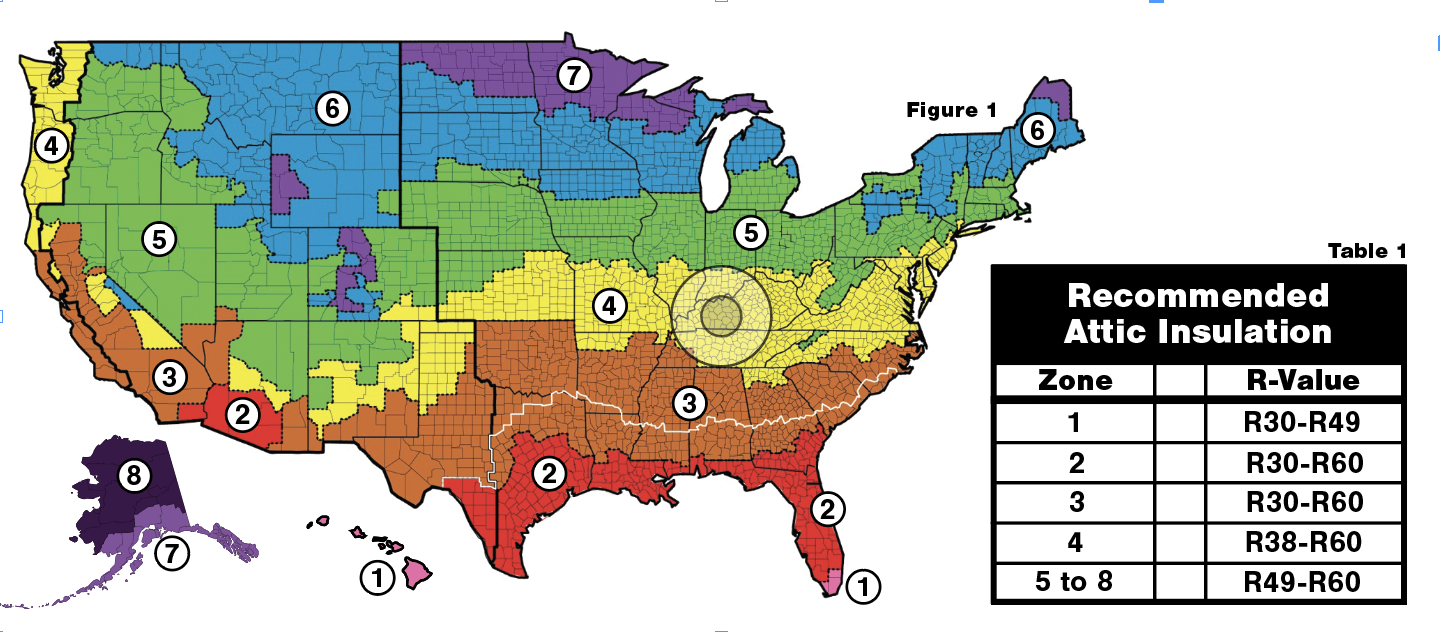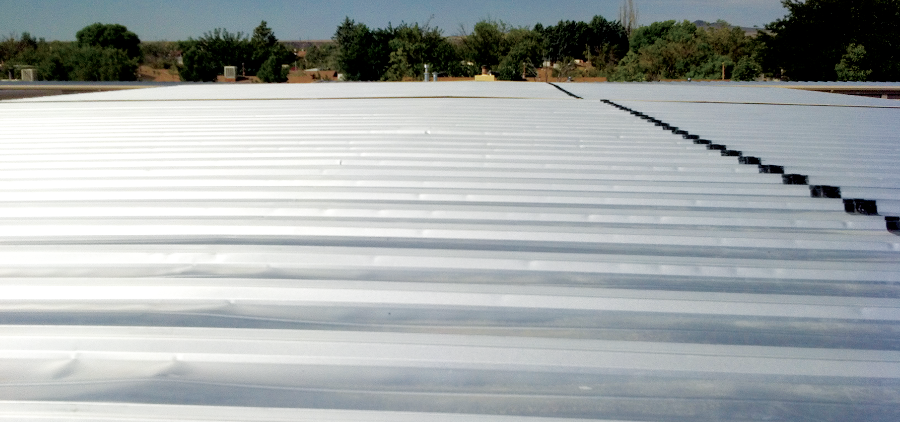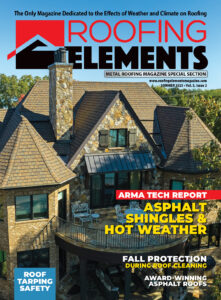The National Institute for Occupational Safety and Health (NIOSH) has created helpful outdoor work information to identify cold stress illness and injuries, their symptoms, and first aid steps to stay safe:
Hypothermia: When exposed to cold temperatures, the body loses heat faster than it can be produced. Prolonged exposure to cold causes the internal body temperature to drop, resulting in hypothermia. Hypothermia affects brain function, making the victim unable to think clearly or move well. This makes hypothermia particularly dangerous for roofers, because they may not recognize the symptoms and will be unable to make life-preserving decisions. Early symptoms include shivering, fatigue, loss of coordination, confusion, and/or disorientation. Late symptoms include no shivering, blue skin, dilated pupils, slowed pulse and breathing, and/or loss of consciousness. If hypothermia is suspected, request medical assistance immediately.
Frostbite: An injury caused by freezing of the skin and deeper tissues, resulting in the loss of feeling and color in the affected areas. Frostbite can permanently damage body tissues, and severe cases can lead to amputation. Additional risk factors for frostbite include contact with metal or water, dehydration, diabetes, smoking, alcohol abuse, and a prior history of frostbite. Symptoms include numbness; tingling or stinging; aching; and bluish or pale, waxy skin. During treatment of frostbite and trench foot, avoid rubbing or putting pressure on affected areas, since that can damage tissue.
Trench Foot: An injury of the feet after prolonged exposure to wet and cold-related conditions. Trench foot occurs because wet feet lose heat faster than dry feet. To prevent heat loss, the body constricts blood vessels in the feet, and the skin tissue begins to die. Symptoms of trench foot include reddening of the skin, numbness, leg cramps, swelling, tingling pain, blisters or ulcers, bleeding under the skin, and gangrene (e.g., foot turns purple, blue, or gray).
Chilblains: The painful inflammation of small blood vessels in the skin that occurs in response to repeated exposure to cold but nonfreezing temperatures. Small blood vessels in the skin may become permanently damaged by cold temperatures, resulting in redness and itching during additional exposures. Symptoms of chilblains include redness, itching, possible blistering, inflammation, and possible ulceration in severe cases.
Dehydration and Sunburn: Just because it’s winter does not mean workers are safe from dehydration and sunburn. Be prepared with water or other liquids and sunscreen.
















